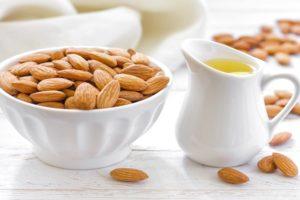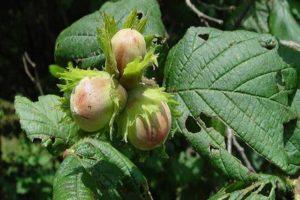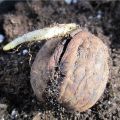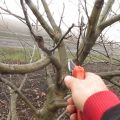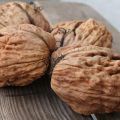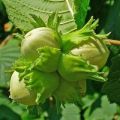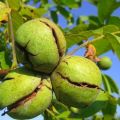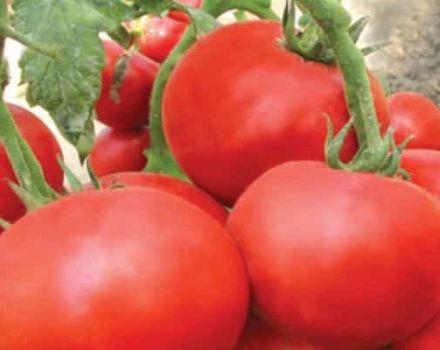Growing and caring for walnuts in Siberia, rules for preparing for winter
The intensive work of breeders to develop zoned frost-resistant varieties of various trees and shrubs contributes to the massive distribution of previously exotic plants around the globe. So the heat-loving walnut has reached Siberia: its planting and cultivation in these regions is often perceived as the norm. However, there is a long way to go before the first harvests for pioneer gardeners.
Can walnuts be grown in Siberia?
The main danger that hinders the cultivation of walnuts in cold regions is severe frosts. As a result of long-term exposure to negative temperatures, the aboveground elements of the plant freeze, the growing season is violated, and the ripening of the crop is delayed. For successful cultivation and obtaining fruits in such conditions, zoned varieties with a short ripening period are chosen.
Suitable varieties
Breeders carry out daily intensive work to breed winter-hardy varieties of various crops for distribution and successful cultivation in any climatic zone. They also paid attention to the walnut. Among all the varietal diversity today, if desired, you can find early ripening options with good tolerance to low temperatures and a short growing season. The following winter-hardy varieties are especially popular in Siberia:
- Kachinsky;
- Sturdy
- Ideal.
They withstand low temperatures down to -30 ° C and manage to set fruits. However, due to late frosts, causing irreparable harm to undersized skeletal branches and nascent flower buds, the fruits do not always have the opportunity to ripen.
Siberians have to make a lot of efforts to protect trees from late frosts during the flowering period.
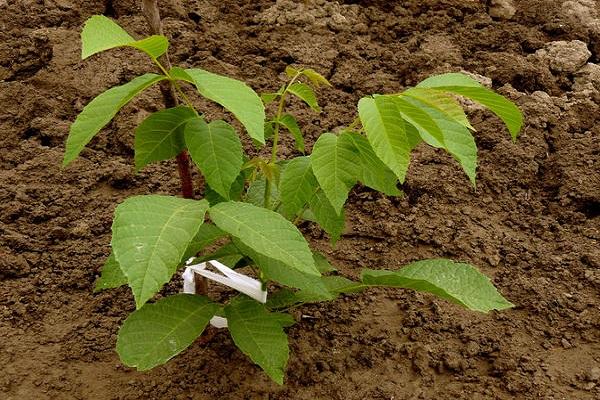
How to grow a crop correctly
In the harsh climatic conditions of Siberia, growing healthy walnuts and getting high yields every year is quite problematic. However, careful attention to the tree from the first days after planting and throughout its life will protect it from freezing, achieve the formation and ripening of the crop.
Where to plant walnuts on the site
The walnut is planted on the south side of the plot. For him, they choose a meadow well lit by the sun, reliably protected from through winds. A dense wall or fence on the north side will provide reliable protection for the growing seedling from freezing and drying out of the bark by strong winds.However, you should not plant this mighty tree close to capital buildings. A powerful growing root goes deep into the ground and is capable of destroying a building.
A walnut, planted in a darkened area or in a lowland, is doomed to death. It does not tolerate swampy and clayey soil. The rest of the plant is unpretentious. Feels good on soils with any composition and acidity. It grows and bears fruit well on hills or slopes.
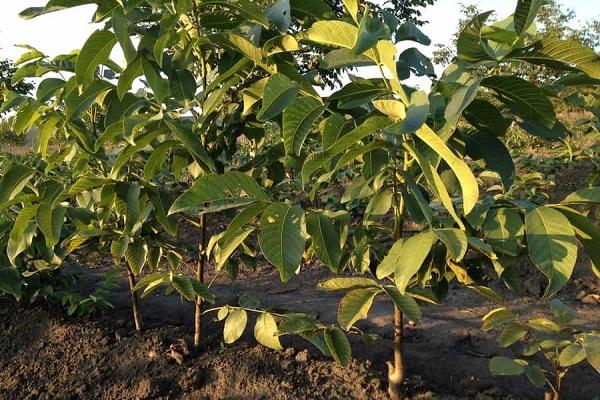
Preparation of planting material
One of the most common options for growing a walnut on your own plot is to plant it with seeds. The seeds produce strong trees that are resistant to unfavorable growing conditions and guarantee possible fruiting.
For planting, choose freshly ripe seeds with a whole shell, without visible damage and mold. You should not use purchased nuts, as their freshness and germination are questionable.
It is advisable to plant seeds in the fall. The probability of germination in this case is much higher than when planting seeds in spring. Having received the necessary hardening in natural winter conditions, as a result, adapted strong plants grow. Unviable shoots are eliminated immediately.
Seeds are best planted immediately in a permanent place. This avoids the transplanting process and promotes a stronger and more resilient root system.
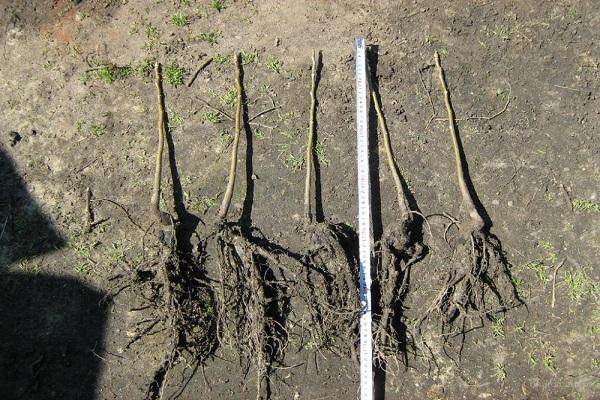
Planting scheme and process
The walnut has a spreading crown and requires a lot of free space. This must be taken into account when placing a tree on the site. The recommended landing pattern is 6 x 6 meters.
Walnut is unpretentious to the soil, so the preliminary introduction of humus and ash into the ground will be quite enough. The planting depth of the seed is usually three sizes. Seeds are placed in prepared grooves on the edge, sprinkled with earth and carefully spilled.
Birds are the main danger for fresh seedlings in Siberia. A dense net or covering material, well fixed to the surface, will help protect seedlings from the invasion of birds.
The walnut is self-fertile. However, experienced gardeners practice planting two seedlings at the same time and note an interesting fact: if the trees grow in pairs, the yield of each of them is much higher than the yield of similar separately growing varieties.
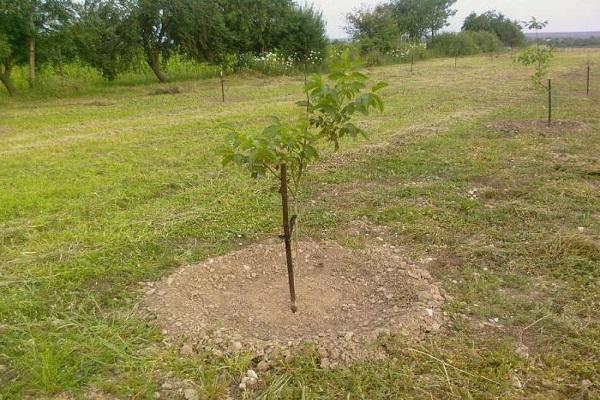
Further care of the nut
Siberia is not ideal for growing walnuts. It will take a lot of effort before a healthy tree grows and the first harvest ripens.
Watering and feeding
In the first few years, young walnuts are not fertilized. This is especially true of nitrogen fertilizers, which stimulate accelerated cell division and rapid growth of the seedling. Rapid growth weakens the young tree and is likely to die in harsh weather conditions. Natural growth under stable conditions without stimulants is slow. However, the result is a strong, weather-resistant tree.
To stimulate fruiting, an adult tree is fed with phosphorus-potassium fertilizers in autumn.

The walnut needs moisture. A young tree requires periodic abundant watering during dry periods. An old tree with overgrown roots is already on its own and can get the required amount of moisture from the soil. It is watered much less frequently. After dropping the foliage, the adult tree is fed and thoroughly saturated with moisture before wintering.
Trimming and shaping
In the harsh conditions of Siberia, strong pruning is not practiced. In the spring, frozen and damaged shoots are removed. The cut site is carefully treated with garden varnish.
The formation of a creeping crown will help prevent branches from freezing and make it easier to warm the tree in winter.
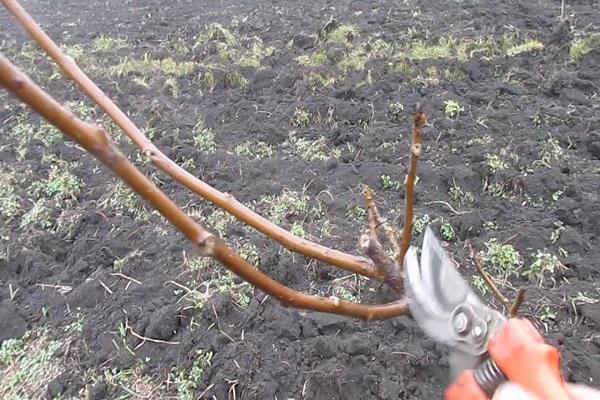
Whitewash
When the air temperature drops to 3-4 ° C in autumn, they start whitewashing adult fruit trees.Whitewashing helps to protect the tree from parasites seeking a safe hiding place during this period for wintering. In addition, as a result of thaws and subsequent decreases in temperature, icing of the crust and its cracking occurs. Whitewashing will help prevent ice build-up and protect the bark from damage.
They do not like whitewashed trunks and small animals common in the vastness of Siberia. In the spring, at an air temperature of 2-3 ° C, the whitewash is renewed. Young trees are usually not whitened.
Preparing for winter
Walnut requires careful preparation for wintering. It consists of several stages:
- In a dry autumn with little rainfall after foliage falls, the tree is carefully shed with a large volume of water, saturating the root system with moisture before wintering.
- The trunk circle is mulched with a thick layer of straw, sawdust, dry leaves. Mulch helps to retain moisture and heat, protects the roots from freezing.
- Some walnut varieties take root well in Siberia and give powerful shoots. However, the unprotected above-ground part freezes out in some severe winters. The young tree has a very flexible stem. To prevent freezing, in autumn the tree is bent to the ground and carefully covered with dry grass, hay or covering material. In this form, the plant stands until spring. It is reliably protected from frost and thaw.
- It is unrealistic to completely cover a tall tree from frost. It is covered with snow at least until the beginning of the skeletal branches.
The above measures will protect the walnut from severe frosts, preserve the integrity and health of the tree, and the level of its fruiting.
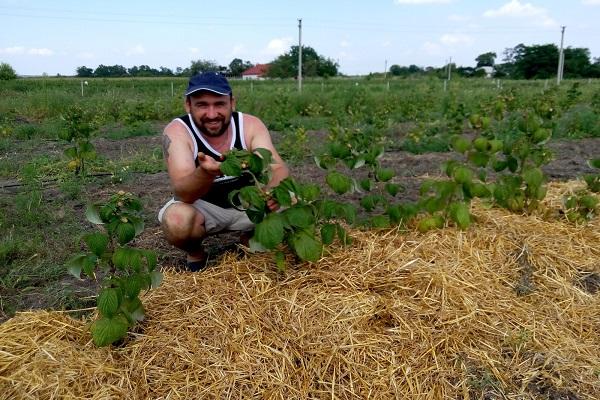
Diseases and pests of the tree
Carrying out preventive measures will help prevent the development of diseases, grow a healthy tree and collect crops that are not damaged by pests.
Spraying with Bordeaux liquid in early spring and autumn will help protect walnuts from powdery mildew. The solution is prepared in accordance with the consumption rates indicated on the package. Spraying is carried out in the evening after sunset.
Spraying the tree with insecticides will help prevent the appearance of nut barbel, weevil and other pests on leaves and fruits, as well as keep yields at a high level.
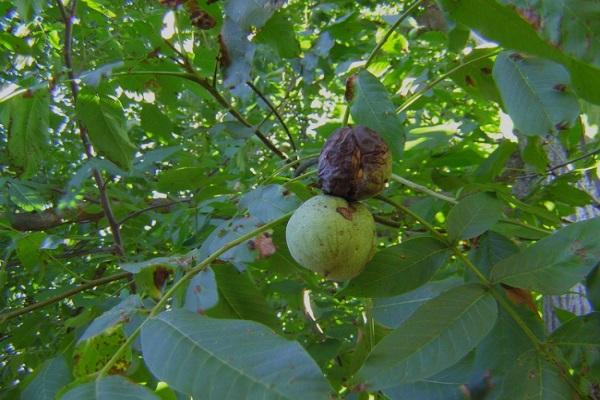
Collection and storage of nuts
Determining the readiness of a nut for consumption is very simple. Green pericarp began to crack, which means it's time to harvest. After harvesting, the crop is placed in a cool place for a period of one week. Here the pericarp darkens and softens. These nuts are much easier to peel. After removing the shell, the fruits are thoroughly dried in the sun or in another warm place.
For storage, the nuts are placed in a dry place with an air temperature not exceeding 10 ° C. They can be stored in this form for many years.
The harsh climate is not suitable for the cultivation of thermophilic walnuts. It can be difficult for enthusiasts to find a low-growing and early-maturing variety suitable for these conditions. The walnut requires close attention and work throughout life. Despite all these obstacles, this majestic tree increasingly appears and bears fruit in the garden plots of Siberia.
